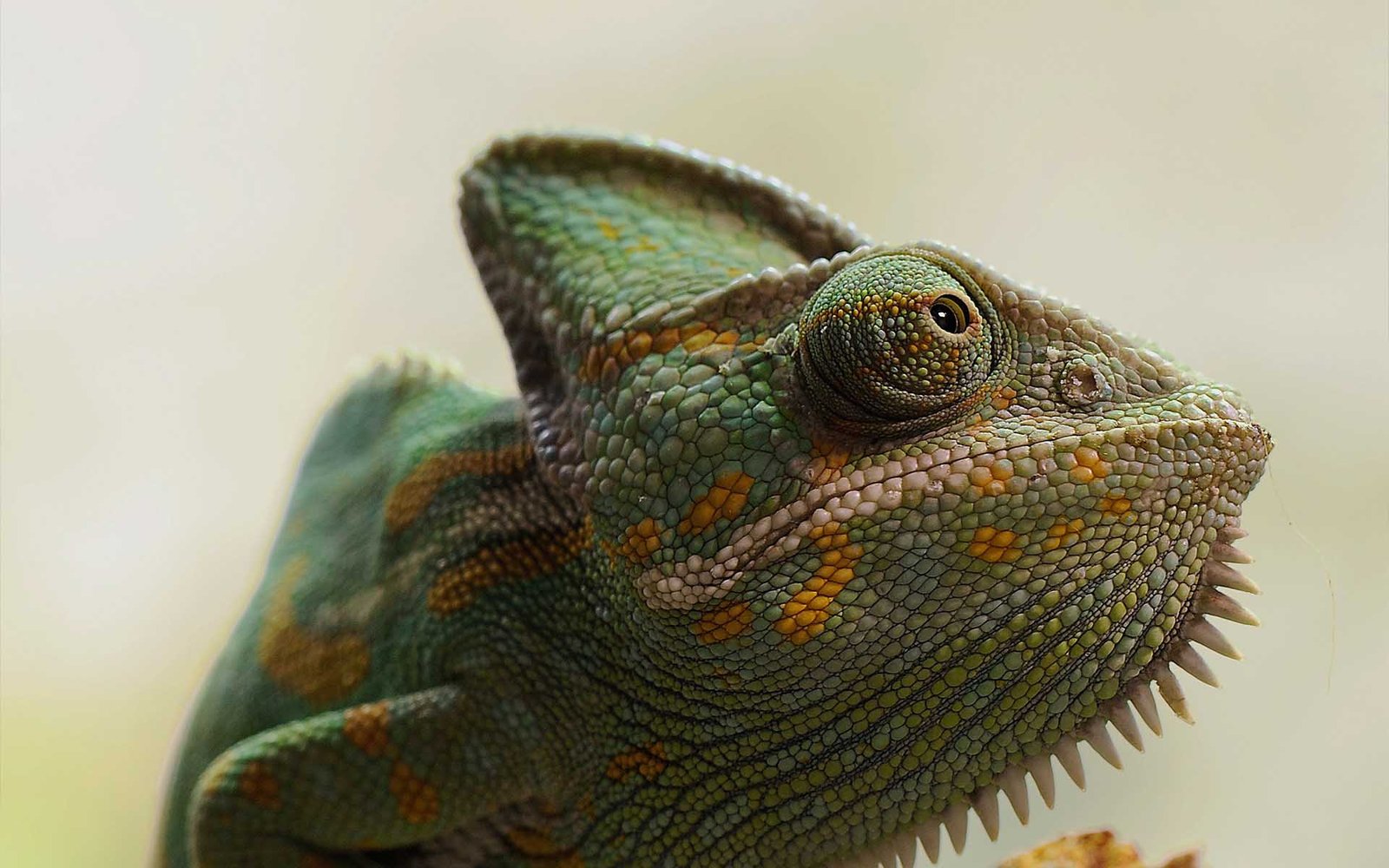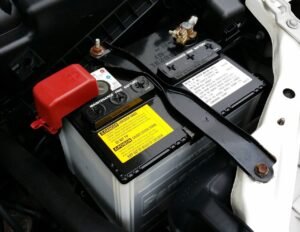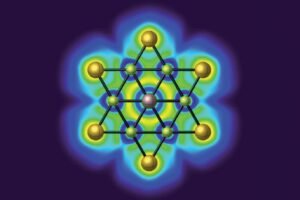Humans pee. Do birds pee? Do fish pee??
Have you seen a bird pee? You shouldn’t have. However, I am sure you have seen a bird pooping.
Animals excrete nitrogenous waste in three main forms: ammonia, urea, and uric acid. Birds, insects and reptiles generally excrete their nitrogenous waste in the form of uric acid. With the exception of ostriches, birds do not have a bladder or urethra. Their uric acid waste is actually mixed with other solid waste in their intestines and then subsequently expelled. This accounts for the white-coloured appearance of their poop as uric acid exists as white crystals.
Uric acid is the safest form of storage as it is highly insoluble and is the least toxic among the three forms. As it does not need to be dissolved in water, it can be easily carried by flying animals that can carry it in the solid form. Animals that excrete uric acid are called uricotelic animals.
Fish either pee through their gills or through a urinary pore and for them, nitrogenous waste takes the form of ammonia. While ammonia is highly toxic, it is highly soluble in water. It is also very economical for these aquatic organisms as ammonia has the simplest chemical structure among the three and thus, it costs little energy to synthesise. Additionally, the aquatic environment is able to quickly dissolve the ammonia and efficiently remove it from the organism. Thus, ammonia really is the ideal choice for most aquatic invertebrates and most bony fish. Animals that excrete nitrogenous waste in the form of ammonia are called ammonotelic animals.
Finally, we come to the ureotelic animals, which excrete their nitrogenous waste in the form of urea. This group includes most mammals, amphibians and cartilaginous fishes. As it is less toxic than ammonia, it is safe for storage in the body. However, it costs more energy to synthesise via ureogenesis, otherwise known as the ornithine cycle.









